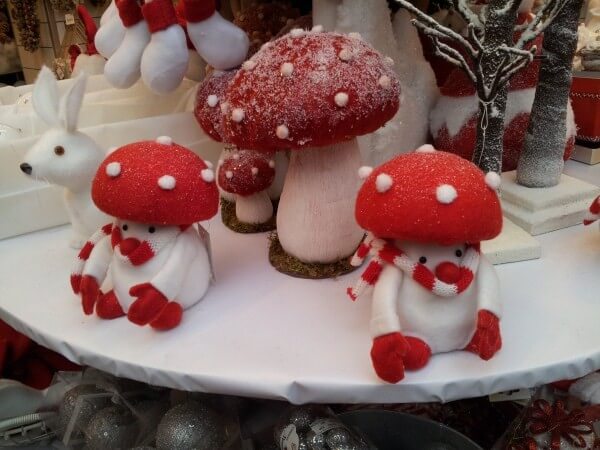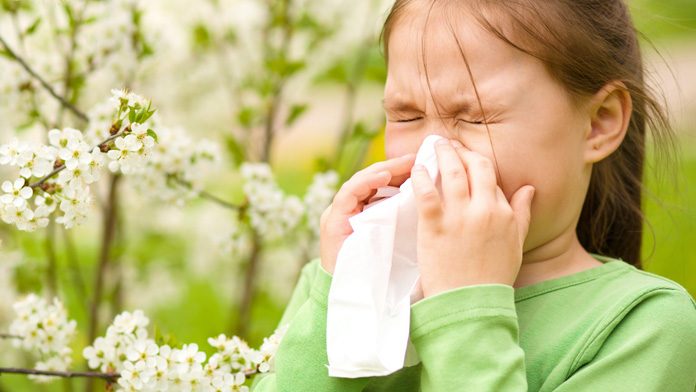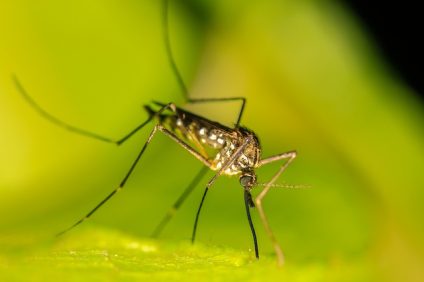Time for big lunches and decorations .. which however can become a risk, especially for those suffering from allergies and intolerances, with unpleasant consequences, in some cases even serious. But what are the "hidden" dangers associated with the most important festival of the year?
Tasting delicacies and embellishing the house with Christmas balls and plants is undoubtedly a great pleasure. Which, however, hides some pitfalls ...allergies and intolerances ...

Reaction to food
In the festive lunches they cook and consume various foods. Even in larger quantities than usual which, however, can trigger, due to allergies and intolerances, in predisposed subjects, dangerous reactions.
In first place are the shellfish. Shrimps, crabs and lobsters can in fact cause cramps, dysentery and hives in those sensitive to these foods. Up to anaphylactic shocks, for which it is advisable to have antihistamines at hand and, in severe cases, the life-saving pen with adrenaline. Not only if they are consumed alone, but also if contained in ready-to-eat foods. For this it is essential to read the labels. Also clams, such as mussels, clams and oysters, they can cause hives, breathing difficulties and swelling of the throat.
At risk, for those suffering from allergies and intolerances, is also the nuts. Especially the peanuts and not only if you ingest it, but also by breathing only in its perfume. To those who do not "tolerate" dried fruit in general, and in particular the Brazilian walnut, it can happen to perceive itching and tearing in the eyes and nose. Attention also to exotic fruits (avocado, papaya, mango, pineapple), which can give skin reactions to those suffering from allergies and intolerances to latex and nickel.
Il wine, especially the white one, which contains more sulphites, can cause headaches and gastrointestinal upset. In red wines, starting from the new ones, there can be the Ltp (Lipid Transfer Protein), an allergenic protein found in grape skin.
Trees & Stars

La Christmas Star (euphorbia pulcherrima) is related to the rubber tree. So it can cause symptoms in latex allergy sufferers: erythema, itching or burning in the eyes upon contact with the epidermis. But also nausea, vomiting and diarrhea if its leaves are ingested. For this, as for the red berries of holly and butcher's broom, which with different toxicities can cause irritative effects or gastrointestinal problems if ingested, should be kept away from children and from dogs and cats. According to the pediatricians of the Bambin Gesù Hospital in Rome, dangers can also come from artificial Christmas trees without the European safety mark (Cee).
They are often made, like all other Christmas decorations, with poor quality plastic materials, pollutants and with paints of unknown composition. But it is also good to pay attention tonatural fir which can present some risk, releasing molds grown on the trunk or branches at home, the cause of possible rhinitis and asthma, especially in children. The advice is to wash it and dry it with a hairdryer before proceeding with the decoration.
Beware of molds on the decorations

It is also good to pay attention to the boxes that contain figurines, decorated balls, comet stars or silver threads, perhaps kept for years in the cellar, in the attic or in the garage. When they open, inevitably, a little dust is also raised or you come into contact with molds born in the moss of the nativity scene or which represent for those who suffer from allergies and intolerances, the first risk factor.
For this reason, before handling them, it is good to leave them a little in the open air to make them lose the potential of danger.





